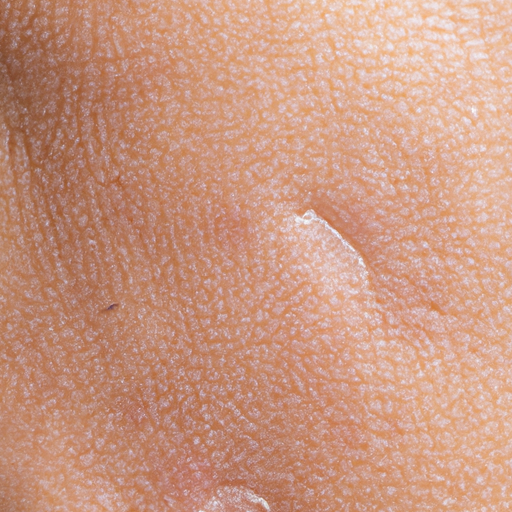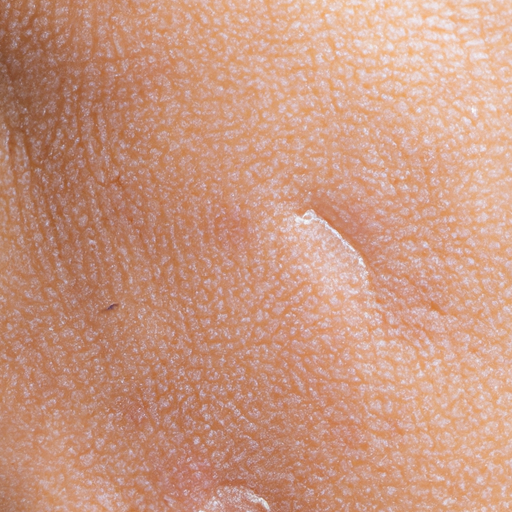As a medical professional, I often encounter patients who complain about dry skin. This common condition can cause discomfort and even distress, but the good news is that it’s usually manageable with the right care. This article aims to provide a comprehensive guide to diagnosing and treating dry skin.
Dry skin, medically known as xerosis, is a condition characterized by a lack of the appropriate amount of water in the most superficial layer of the skin, the epidermis. It can occur for a variety of reasons, including cold weather, low humidity, harsh soaps, prolonged exposure to water, aging, or certain medical conditions.
Diagnosing dry skin is typically straightforward. Patients usually present with symptoms such as a feeling of skin tightness, especially after showering, bathing or swimming; skin that feels and looks rough; itching; slight to severe flaking, scaling or peeling; fine lines or cracks; redness; and deep cracks that may bleed.
However, it’s important to note that these signs and symptoms can vary depending on your age, health status, locale, and the amount of time you spend outdoors. If you have dry skin for a long time or it worsens significantly, it’s crucial to seek medical attention. Persistent dry skin could be a sign of an underlying medical condition such as eczema, psoriasis, or hypothyroidism.
Once diagnosed, the next step is treatment. The goal of treating dry skin is not only to relieve discomfort but also to restore the skin’s natural protective function. Here are some strategies that can help:
1. Moisturize: The most crucial step in treating dry skin is to regularly apply moisturizers. These products work by trapping existing moisture in your skin. For the best results, apply moisturizer immediately after washing your skin to seal in moisture.
2. Choose mild skin care products: Avoid deodorant soaps and skin care products that contain alcohol, fragrance, retinoids, or alpha-hydroxy acid. Opt for mild cleansers and moisturizers designed for dry skin.
3. Use a humidifier: If you live in a dry climate or your skin dries out in the winter, a home humidifier can help keep your skin hydrated by adding moisture to the air.
4. Avoid hot showers and baths: Prolonged exposure to water, especially hot water, can wash away natural oils that protect your skin. Limit your time in the shower or bath to 5-10 minutes and use warm rather than hot water.
5. Stay hydrated: While drinking water won’t cure dry skin, it’s still important for overall health. It can help maintain the body’s natural moisture levels.
6. Wear appropriate clothing: In cold weather, choose non-irritating fabrics like cotton or silk and wear gloves to protect your hands.
If these measures don’t relieve your symptoms or if your skin becomes inflamed, it’s time to see a dermatologist. Prescription treatments such as topical corticosteroids or barrier-repair creams may be necessary to restore the skin’s barrier function.
In conclusion, dry skin is a common condition that can often be managed with simple lifestyle changes and over-the-counter treatments. However, if dry skin persists or causes discomfort, it’s important to seek medical advice. As a doctor, I assure you that there are many effective treatments available, and we can help you find the one that’s right for you.




